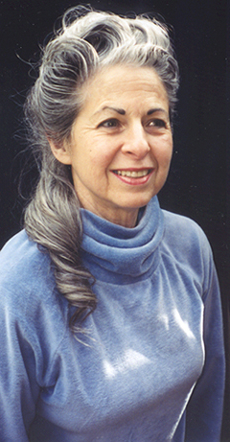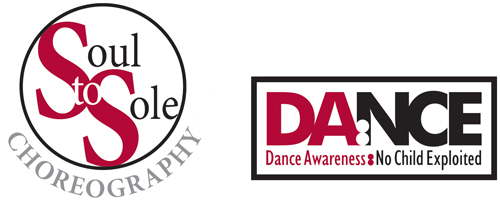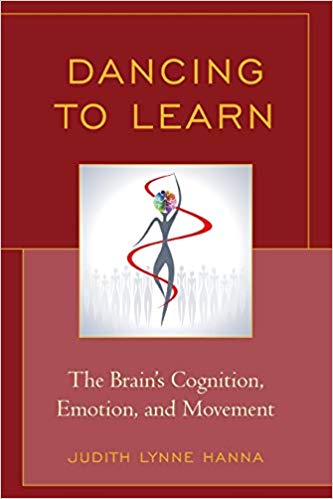 By Judith Lynne Hanna, Ph.D.
By Judith Lynne Hanna, Ph.D.
Many arguments for dance education have been made. For example, certainly students in dance may acquire skill sets that serve them in myriad of ways, develop embodied knowledge and kinesthetic connections, and become gainfully employed.
But the most important reason to offer dance education in schools and universities as well as the broader community is what neuroscientists have revealed in the past 15 years. With at least 35 new technologies, and support from government and the private sector, researchers have been able to view the intricacies of the brain, including the brains of dancers.
Dance, contrary to much public perception, is not merely art or recreation. Dance is now being studied as a pathway to enhance learning. Scientists are turning to dance because it is a multifaceted activity that can help them and ultimately educators to demystify how the brain coordinates the body to perform complex, precise movements that express emotion and convey meaning. Dancers possess an extraordinary skill set: coordination of limbs, posture, balance, gesture, facial expression, perception, and action in sequences that create meaning using time, space, and effort. Dancers deal with the relationship between experience and observation.
The brain hides from our sight the wondrously complex operations that underlie this feat of dance. Although there are many secrets to unravel about the power of the brain and dance, advances in technology, such as brain scanning techniques and the experiments of dancers, dance makers, and dance viewers, reveal to us the unexpected, including the brain’s interpretation of the senses. Research shows that dance activity registers in regions of the brain responsible for cognition (thinking).
More than 400 studies related to interdisciplinary neuroscience reveal the hidden value of dance. For instance, we acquire knowledge and develop cognitively because dance bulks up the brain. Consequently, the brain that “dances” is changed by it.
Dance comprises languages of physical exercise that spark new brain cells (neurogenesis) and their connections. These are responsible for acquiring knowledge and thinking. Dancing stimulates the release of the brain-derived protein neurotropic factor that promotes the growth, maintenance, and plasticity of neurons necessary for learning and memory. Plus, dancing makes some neurons nimble so that they readily wire into the neural network.
Neural plasticity is the brain’s remarkable ability to change throughout life. This assuages my fear — we thought seniors lost it and that was that. As an octogenarian, dancing since age 10, I’m still dancing, now flamenco, belly dance, jazz, salsa, and hip hop with my 13 year-old grandson Merrick Hanna, who performed four times on America’s
Got Talent.
As a method of conveying ideas and emotions with or without recourse to sound, the languages of dance draw upon similar places and thought processes in the brain as verbal language. Dance feeds the brain in various kinds of communication. Through dance, students can learn about academics — and themselves — including sexual, gender, ethnic, regional, national, and career identities. Moreover, dance is a means to help us improve mood and cope with stress that can motivate or interfere with concentration and learning. Influenced by body senses, environment, and culture, the brain “choreographs” dance and more.
The brain is comprised of about 100 billion electrically active neurons (cells), each connected to tens of thousands of its neighbors at perhaps 100 trillion synapses (the spaces between neurons where information transfers can occur). These atoms of thought relay information through voltage spikes that convert into chemical signals to bridge the gap to other neurons.
All thought, movement, and sensation emanate from electrical impulses coursing through the brain’s interconnected neurons. When they fire together they connect and reconnect, and the connections between them grow stronger in daCi USA Winter/Spring 2019 – Community Arts Page 9 impacting our perception, our comprehension, and different kinds of memory.
If a pattern is repeated, the associated group of neurons fire together resulting in a new memory, its consolidation, and ease of retrieving it. Neurons can improve intellect, memory, and certain kinds of learning if they join the existing neural networks instead of rattling aimlessly around in the brain for a while before dying.
Brain research has given us many insights for dance and other kinds of knowledge. Illustratively, we can apply what psycholinguists have found about learning a second or third verbal language to learning more than one nonverbal language, that is, another dance vocabulary (gesture and locomotion) and grammar (ways movements are put together), and meaning. Children who grow up multilingual have greater brain plasticity, and they multitask more easily. Learning a second or third language uses parts of the brain that knowing only one’s mother tongue doesn’t. Students who learn more than one dance language not only are giving their brains and bodies a workout; they are also increasing their resources for creative dancemaking.
Significantly, a key reason for dance education is that dance is exercise plus. Nonverbal languages affect similar places and learning processes in the brain as verbal languages creating new neurons and their connections. Consequently, dance is an effective means of communication that also stimulates brain development. Dancing thus promotes learning in all subjects.
Society privileges mental capacity, mind over matter and emotion. Talking, writing, and numbers are the media of knowledge. However, we now know that dance is a linguistic, brain-driven art, and also a fuel for learning, an avenue to thinking, translating, interpreting, communicating, feeling, and creating.
As a multimedia brain enhancing communication, dance at any age enriches our cognitive, emotional, and physical development and extends to most facets of life. See Dancing to Learn: The Brain’s Cognition, Emotion and Movement (Rowman & Littlefield) for an explanation and synthesis of the brain science research with dance, the arts and social and behavioral sciences.
Reprinted with permission.
Judith Lynne Hanna, Ph.D.
Research Prof., Anthropology Dept., U. of Maryland
www.judithhanna.com
Dancing to Learn: The Brain’s Cognition, Emotion, and Movement

